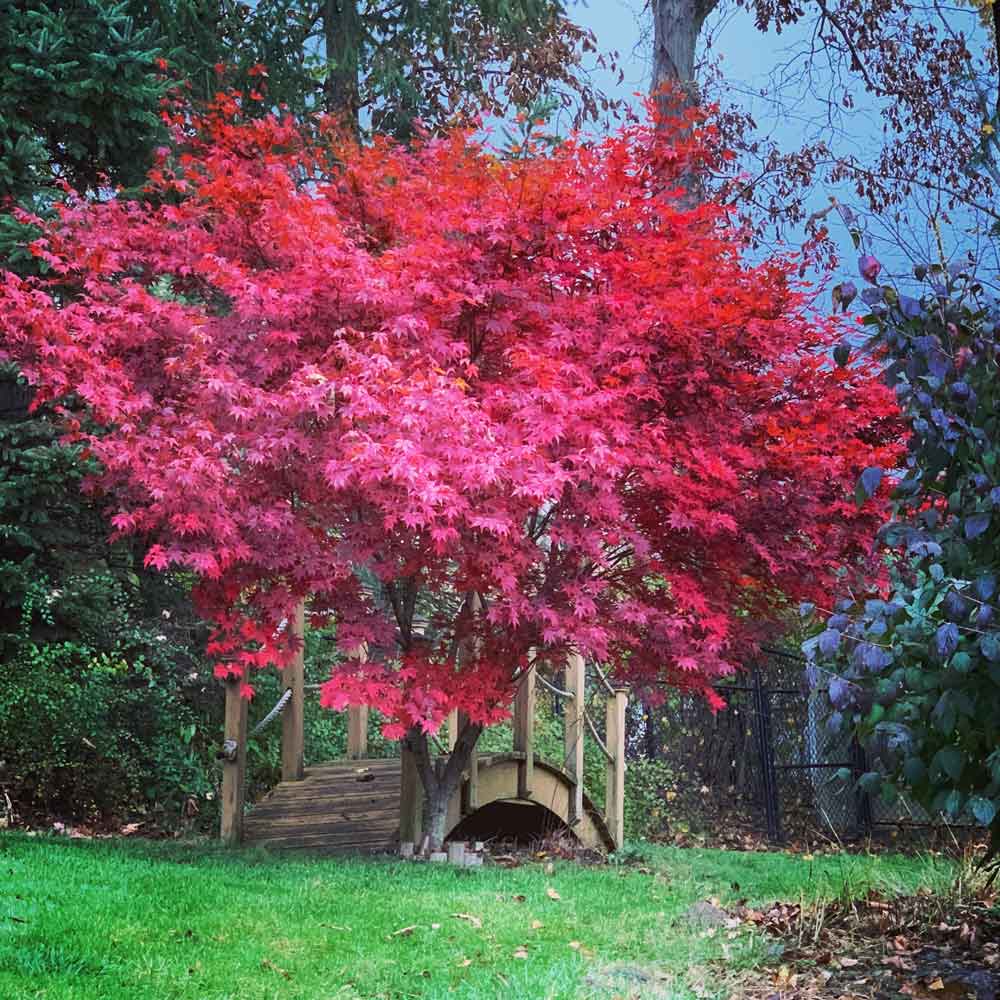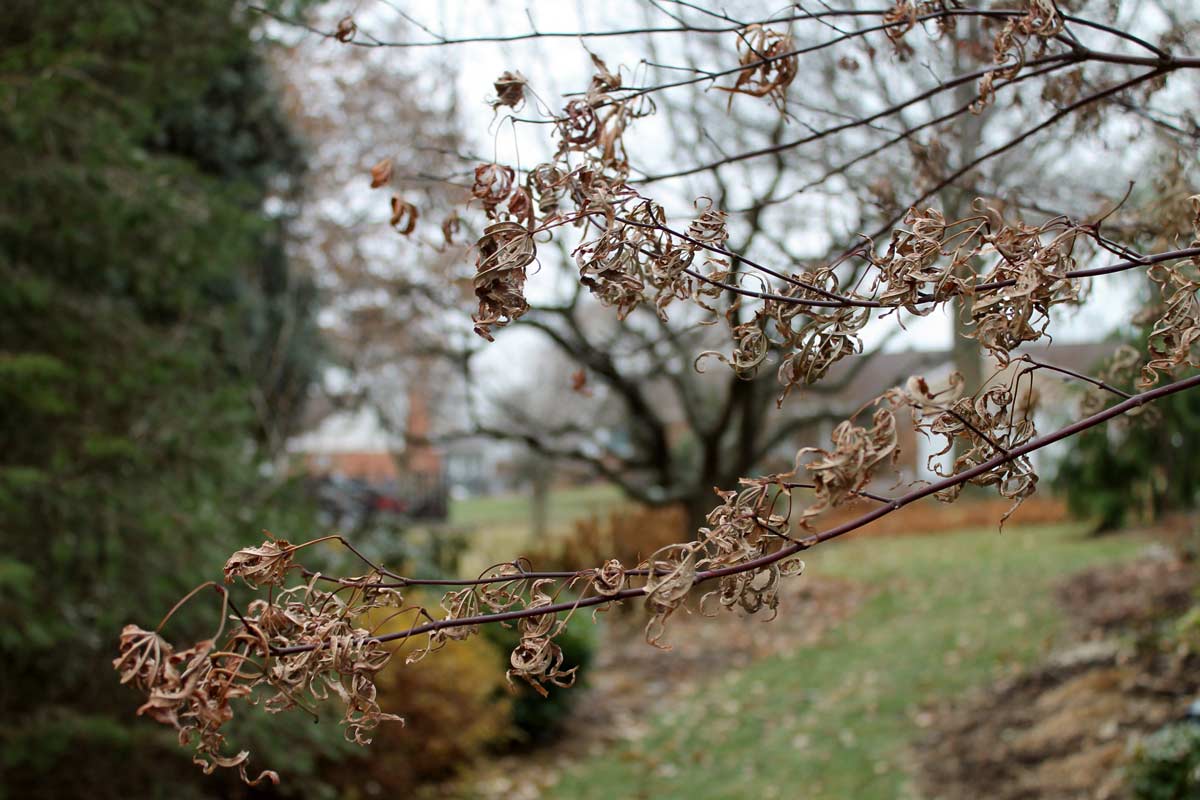Is That New Boxwood Blight Something to Worry About?
Learn more about Boxwood Blight, the disease that has been taking over the popular hedging shrub, and how you can prevent, identify, and stop the disease.

Red Japanese Maple
Japanese maples are a coveted small tree, especially the easily recognizable ones with red, weeping, lacy-leaves. That beauty comes with a price, though. Japanese maples aren’t the easiest tree to grow and keep alive. More have died than usual the past few years, leaving gardeners puzzled about what’s going wrong.
Unlike emerald ash borers killing ash trees and fungal disease killing blue spruces, no single executioner is to blame here. Multiple issues ranging from unsuitable site choices to erratic weather have been conspiring to make life miserable lately for Japanese maples.
Wild weather swings are a key factor in the uptick in Japanese maple deaths. Many parts of the country saw a warm winter this year followed by a sudden nosedive in temperatures, followed another warm spell, then a later-than-usual freeze in May. The warm winter caused those thin, tender Japanese maple leaves to emerge sooner than they should have, only to freeze when the cold returned. These hard fluctuations in temperature cause severe damage to the buds, leaving Japanese maples with limited chances to rebud each year.
Lingering summers also delayed Japanese maples’ usual gradual preparation for winter, which is normally capped by stunning fall foliage and then leaf drop. The sudden autumn temperature drops turned maple leaves straight to brown and left the leaves hanging on the branches all winter. That shock left many Japanese maples ill-prepared for winter’s drying cold and killed trees that otherwise would survive a region’s usual winter temperatures.
Additionally, wet summers the past two seasons were another potential contributor. Maples planted in poorly drained clay soil suffered rotting roots, leading to branch diebacks and sometimes death as late as a growing season or two later.

A sudden fall freeze turned these Japanese maple leaves brown, and they hung on the tree all winter, interrupting their growth cycle George Weigel
Bugs occasionally are a factor in harming Japanese maples, too. Microscopic nematodes can injure roots and make trees more vulnerable to verticillium wilt, while scale insects can suck the life out of branches.
All of that can be problematic for trees that aren’t healthy to start with due to poor plant placement or poor care.
Japanese maples generally like part-shade spots out of hot afternoon sun, especially in a site that protects their thin leaves from cold wind. Well-drained soil is very important, and so is keeping the soil damp in dry conditions… but never to the point of becoming soggy. Avoid too much mulch (two to three inches is plenty), don’t wound the bark with string trimmers and lawnmowers, and limit pruning to winter or early summer (never in fall).
Looking for a way to help your Japanese maples? Use Preen Garden Weed Preventer Plus Plant Food! It will prevent weeds around your Japanese maple for up to three months, as well as give it a boost to build strong root development.